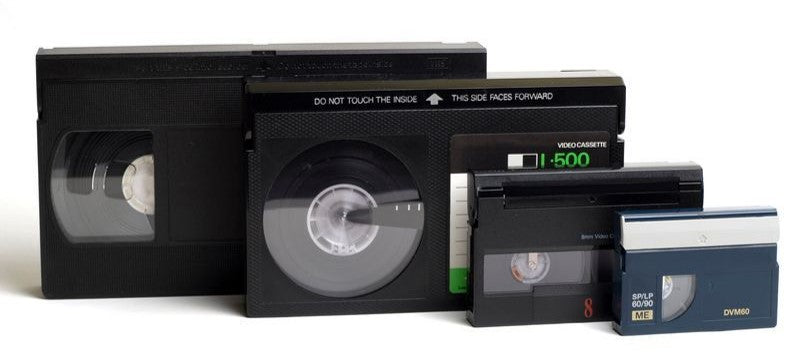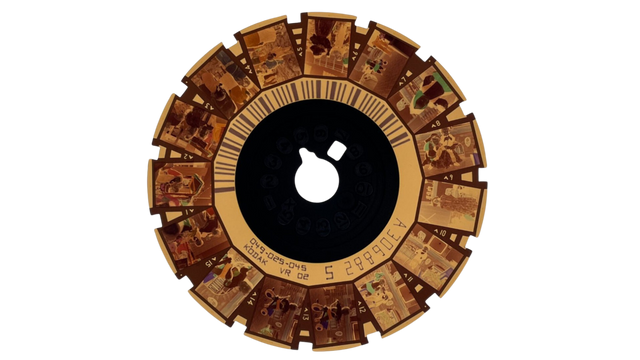What Is a Camcorder Cassette?
Long before smartphones and cloud storage, families captured their most precious moments on camcorder cassette tapes. These small video cassettes came in several formats, like VHS-C, MiniDV, Hi8, and 8mm tapes. Whether it was your child’s first steps or a family vacation, these tapes hold memories you simply can’t replace.
But while the memories remain priceless, the tapes themselves are fragile. As time goes on, magnetic tape can degrade, mold, or become unreadable. That’s why many families are asking how to transfer old video tapes to digital before these moments are lost.
The Different Types of Camcorder Cassette Tapes
Understanding your tapes is the first step in preserving them. Here’s a quick guide:
VHS-C Tapes
VHS-C tapes are compact versions of the standard VHS format. They were popular for home camcorders in the late 1980s and 1990s. While they can fit inside a full-sized VHS adapter, many of those adapters no longer function reliably.
You can convert VHS-C to digital to safely transfer these tapes before they deteriorate.
8mm Playback Formats: Video8, Hi8, and Digital8
8mm playback formats became a favorite in the 1990s for their compact size and superior video quality. However, they require very specific camcorders or playback devices to view them today. And finding a working device has become almost impossible.
If you have these formats, consider 8mm tapes to digital to preserve the footage safely.
MiniDV Tapes
MiniDV tapes offer even higher digital quality but are also notorious for failing mechanisms. Many families still have piles of MiniDV tapes but no way to view them.
You can transfer MiniDV tapes to digital for secure and easy viewing on modern devices.
Standard VHS Tapes
Some camcorders recorded directly onto full-sized VHS tapes. These tapes are large but equally vulnerable to time, heat, and humidity. You can convert VHS to digital to protect these irreplaceable home movies.

Why Transfer Camcorder Tapes to Digital?
You might still have the camcorder, but odds are the battery no longer holds a charge, or the parts are failing. Even if it works today, every playback risks damaging the tape.
Digitizing allows you to:
- Watch and share your memories easily
- Protect against environmental damage
- Avoid irreversible tape deterioration
- Store memories securely in the cloud
Many people are turning to America’s best video tape conversion service to simplify the process and get expert care for their priceless content.

Can I Transfer Camcorder Cassettes Myself?
Technically, yes — but it’s not always easy. You'll need:
- A working camcorder or playback deck
- The correct cables and adapters
- A reliable capture device for your computer
- Hours of real-time transfer and editing
For many families, it's more practical (and far safer) to use a professional service that’s handled thousands of tapes with great care. For example, read our guide on watching old camcorder tapes without the device to better understand the challenges.
Why Cloud Storage Is a Smarter Long-Term Solution
Some services still offer DVDs or flash drives. But DVDs scratch easily, and USB drives can fail over time. Many families now prefer secure cloud storage that:
- Allows instant streaming anytime, anywhere
- Makes sharing easy with family across generations
- Provides redundant backups for extra security
When choosing a digitization service, look for providers that offer modern cloud-based solutions rather than aging physical media.

📧 Want more tips like this?
Subscribe to Heirloom emails to learn how to preserve your priceless memories. Get discount codes for expedited shipping, quality digitizing, and secure cloud storage. We never spam, and it’s easy to unsubscribe at any time.



